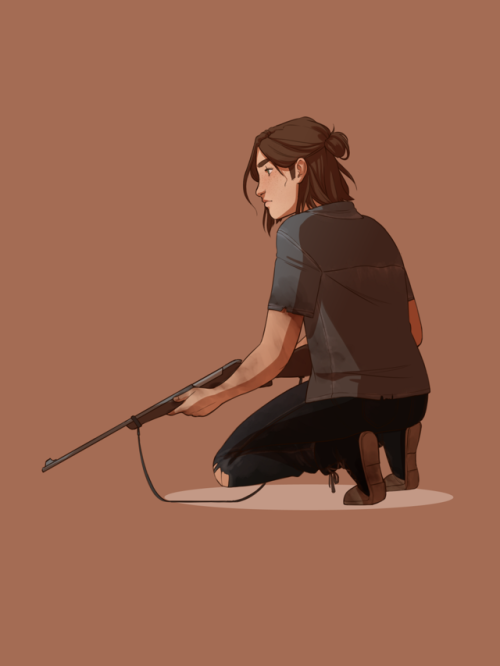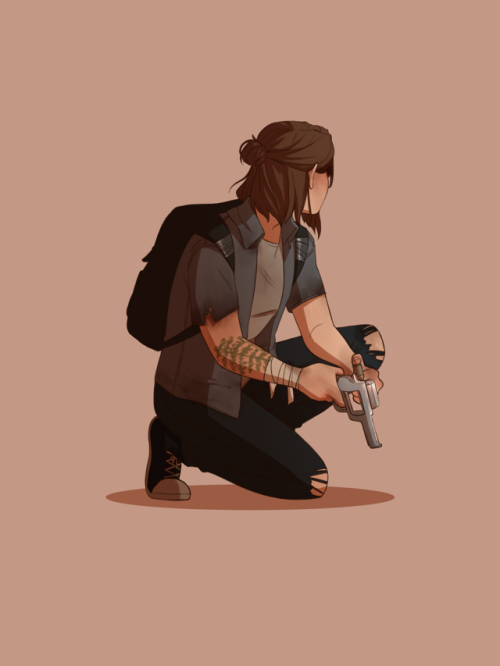2019 May 1

2019 May 1
The Cat’s Eye Nebula in Optical and X-ray Image Credit: NASA, ESA, Hubble Legacy Archive; Chandra X-ray Obs.; Processing & Copyright: Rudy Pohl
Explanation: To some it looks like a cat’s eye. To others, perhaps like a giant cosmic conch shell. It is actually one of brightest and most highly detailed planetary nebula known, composed of gas expelled in the brief yet glorious phase near the end of life of a Sun-like star. This nebula’s dying central star may have produced the outer circular concentric shells by shrugging off outer layers in a series of regular convulsions. The formation of the beautiful, complex-yet-symmetric inner structures, however, is not well understood. The featured image is a composite of a digitally sharpened Hubble Space Telescope image with X-ray light captured by the orbiting Chandra Observatory. The exquisite floating space statue spans over half a light-year across. Of course, gazing into this Cat’s Eye, humanity may well be seeing the fate of our sun, destined to enter its own planetary nebula phase of evolution … in about 5 billion years.
∞ Source: apod.nasa.gov/apod/ap190501.html
More Posts from Dynamic-light-scattering and Others

The first image ever taken of a supermassive black hole
For the first time ever, humanity can gaze at an actual photograph of a supermassive black hole. It’s an achievement that took supercomputers, eight telescopes stationed on five continents, hundreds of researchers, and vast amounts of data to accomplish. The results from this project were announced today.
Photo credit: The Event Horizon Telescope




I agree Michael








I suppose I was singing for you.
If the Arrowverse heroes are in Earth-Prime now, does that mean Wonder Woman is in



kinda just putting this here!! it’s been forever since i posted something and i felt bad also someone suggested i draw more tlou ii like eight years ago so! yea
man when are we going to get a release date?


Up for some virtual cloud watching? ☁️
What do you see in Jupiter’s hazy atmosphere?
Our NASA JunoCam mission captured this look at the planet’s thunderous northern region during the spacecraft’s close approach to the planet on Feb. 17, 2020.
Some notable features in this view are the long, thin bands that run through the center of the image from top to bottom. Juno has observed these long streaks since its first close pass by Jupiter in 2016.
Image Credits: Image data: NASA / JPL / SwRI / MSSS Image Processing: Citizen Scientist Eichstädt
Make sure to follow us on Tumblr for your regular dose of space: http://nasa.tumblr.com.




THE HALF OF IT (2020)


-
 true-shit-man reblogged this · 5 years ago
true-shit-man reblogged this · 5 years ago -
 sphinxnomore liked this · 5 years ago
sphinxnomore liked this · 5 years ago -
 lostintheozoneagain2 reblogged this · 5 years ago
lostintheozoneagain2 reblogged this · 5 years ago -
 lostintheozoneagain2 liked this · 5 years ago
lostintheozoneagain2 liked this · 5 years ago -
 mymiddlenameis-grace reblogged this · 5 years ago
mymiddlenameis-grace reblogged this · 5 years ago -
 iamthelowercase reblogged this · 6 years ago
iamthelowercase reblogged this · 6 years ago -
 steph-squatch reblogged this · 6 years ago
steph-squatch reblogged this · 6 years ago -
 steph-squatch liked this · 6 years ago
steph-squatch liked this · 6 years ago -
 thechangelingmedusa reblogged this · 6 years ago
thechangelingmedusa reblogged this · 6 years ago -
 cps28-blog liked this · 6 years ago
cps28-blog liked this · 6 years ago -
 zealousgardenturtleoperator-blog liked this · 6 years ago
zealousgardenturtleoperator-blog liked this · 6 years ago -
 c-maxisgr reblogged this · 6 years ago
c-maxisgr reblogged this · 6 years ago -
 juano83 reblogged this · 6 years ago
juano83 reblogged this · 6 years ago -
 oliveoilgirl liked this · 6 years ago
oliveoilgirl liked this · 6 years ago -
 exemplar1 reblogged this · 6 years ago
exemplar1 reblogged this · 6 years ago -
 exemplar1 liked this · 6 years ago
exemplar1 liked this · 6 years ago -
 importanteclipseartisanbisc-blog liked this · 6 years ago
importanteclipseartisanbisc-blog liked this · 6 years ago -
 tomdub liked this · 6 years ago
tomdub liked this · 6 years ago -
 fadingangelsludgepainter liked this · 6 years ago
fadingangelsludgepainter liked this · 6 years ago -
 tyyiyi liked this · 6 years ago
tyyiyi liked this · 6 years ago -
 juano83 liked this · 6 years ago
juano83 liked this · 6 years ago -
 mystic-god102 liked this · 6 years ago
mystic-god102 liked this · 6 years ago -
 mystery0028 reblogged this · 6 years ago
mystery0028 reblogged this · 6 years ago -
 mystery0028 liked this · 6 years ago
mystery0028 liked this · 6 years ago -
 mylovelyrainblog liked this · 6 years ago
mylovelyrainblog liked this · 6 years ago -
 akaputskinot901-blog liked this · 6 years ago
akaputskinot901-blog liked this · 6 years ago -
 thechangelingmedusa liked this · 6 years ago
thechangelingmedusa liked this · 6 years ago -
 mick1762015 liked this · 6 years ago
mick1762015 liked this · 6 years ago -
 dail44 liked this · 6 years ago
dail44 liked this · 6 years ago -
 the-silent-stoner reblogged this · 6 years ago
the-silent-stoner reblogged this · 6 years ago -
 19tesla19 liked this · 6 years ago
19tesla19 liked this · 6 years ago -
 pierresaltybeard liked this · 6 years ago
pierresaltybeard liked this · 6 years ago -
 anotherrock9 reblogged this · 6 years ago
anotherrock9 reblogged this · 6 years ago -
 tiantian2017 liked this · 6 years ago
tiantian2017 liked this · 6 years ago -
 tiantian2017 reblogged this · 6 years ago
tiantian2017 reblogged this · 6 years ago -
 watchmelovemyself reblogged this · 6 years ago
watchmelovemyself reblogged this · 6 years ago -
 chillingthemost23 liked this · 6 years ago
chillingthemost23 liked this · 6 years ago -
 nextposition1 liked this · 6 years ago
nextposition1 liked this · 6 years ago -
 erinssaurus liked this · 6 years ago
erinssaurus liked this · 6 years ago -
 blog-dzepxich liked this · 6 years ago
blog-dzepxich liked this · 6 years ago -
 narklos liked this · 6 years ago
narklos liked this · 6 years ago -
 the-silent-stoner liked this · 6 years ago
the-silent-stoner liked this · 6 years ago -
 maszko78 liked this · 6 years ago
maszko78 liked this · 6 years ago -
 differentspynerdgoth liked this · 6 years ago
differentspynerdgoth liked this · 6 years ago

